The best plan for lazy gardeners
An art project with a mission, restoring grasslands, how to plant a tree and a TED talk worth watching.

You're not slacking. You're embracing biodiversity
If you – or your friends – still need a reason to embrace biodiversity in the garden this spring, here’s a good one: You can be lazy.
“Most gardeners try to maintain these clean, sterile environments that are the exact opposite of what wildlife wants,” says ecological horticulturalist (and friend of Rewilding Magazine) Rebecca McMackin in her newly posted TED Talk. “The more we can stop being tidy, the more wildness we can bring into our gardens and landscapes, the better habitat we provide. Wherever possible, we should stop mowing.”
And how’s this for a soundbite: “Leaves that fall to the ground should be left there. They’re literally called leaves. We should leave them.”
Obviously, as McMackin also explains, there is still work to be done when it comes to gardening – those native species (mostly) aren’t going to plant themselves, after all. (And as the long-time director of horticulture at the 85-acre Brooklyn Bridge Park, she would know.) But in this age of Instagram perfection, there is something appealing about creating an environment – be it in a garden or on a balcony with some planters – that is beautiful but low maintenance.
We highly recommend watching (and sharing) McMackin’s talk. In a little over 12 minutes she packs in some eye-opening facts, tales of inspiration and even a few laughs.
And, of course, we also suggest you check out the rest of this month’s newsletter. Sticking with the theme of gardening, we show how to plant a tree and share advice on attracting wild bees. We also have a piece on how another type of presentation – this time a “soundscape” – is being used to bring awareness to rewilding. And lots more!
Stay wild,
Domini Clark and Kat Tancock, editors
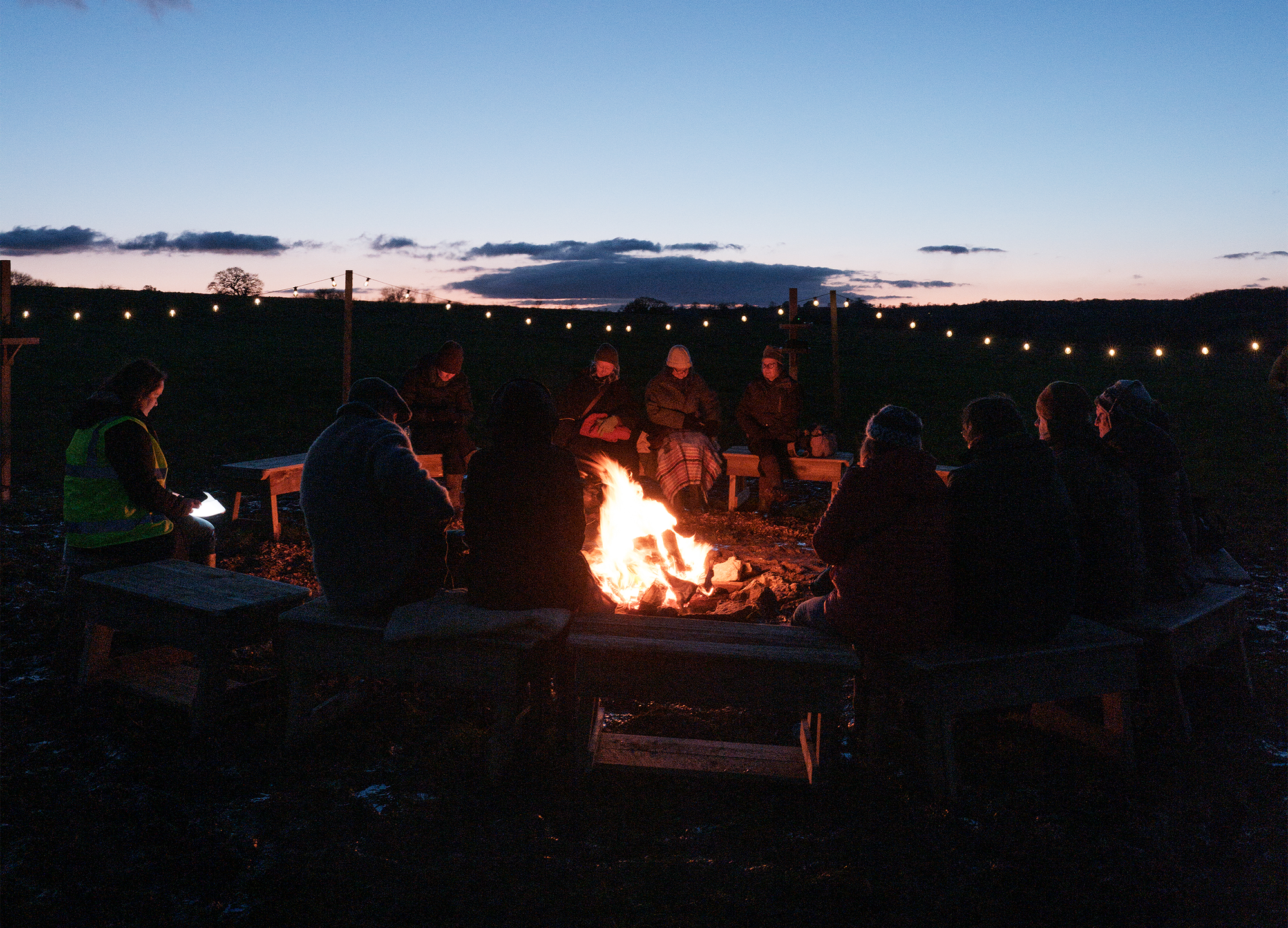
The soundscape performance reviving the wildlife of the past
How a new initiative by UK-based Heal Rewilding is building awareness, raising funds and connecting audiences to the natural world.
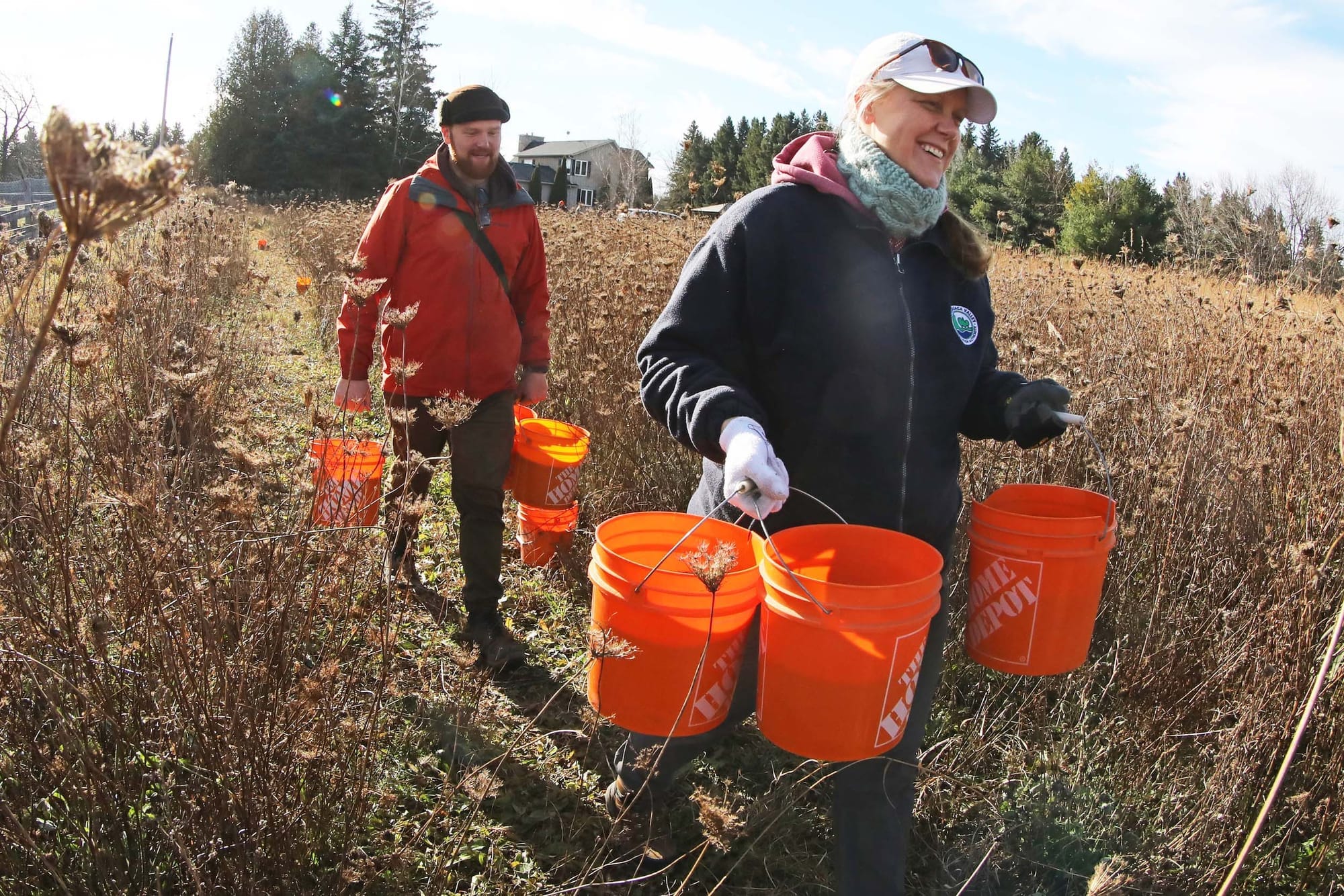
Restoring lost grasslands is as important as planting trees
Most of the grasslands that once dotted Ontario have been lost to development and agriculture. Bringing back these carbon-rich landscapes would be good for birds, bees, butterflies and people.
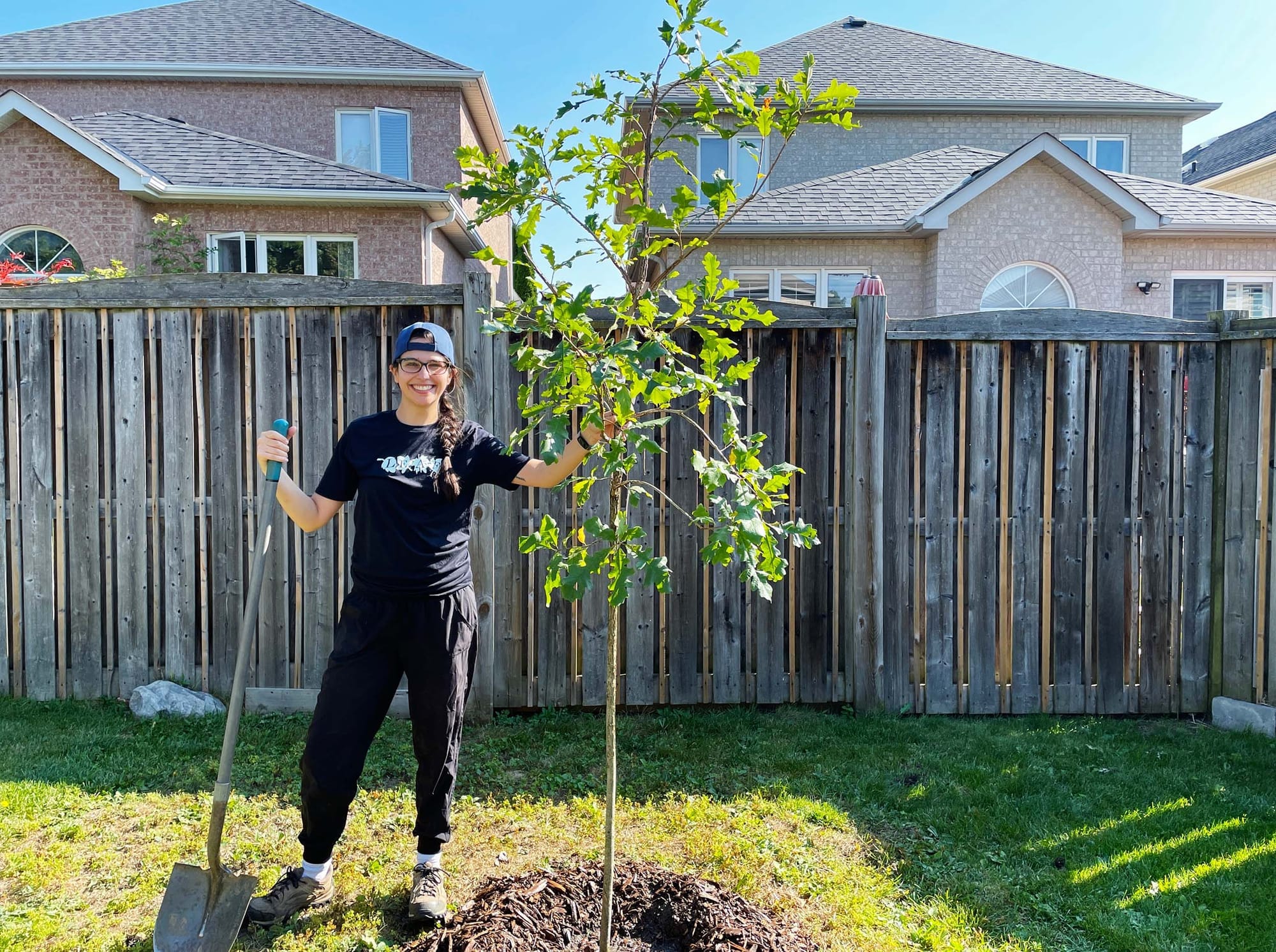
How to plant a tree
There are so many benefits to expanding urban forest cover. Here's how you can make your own contribution.
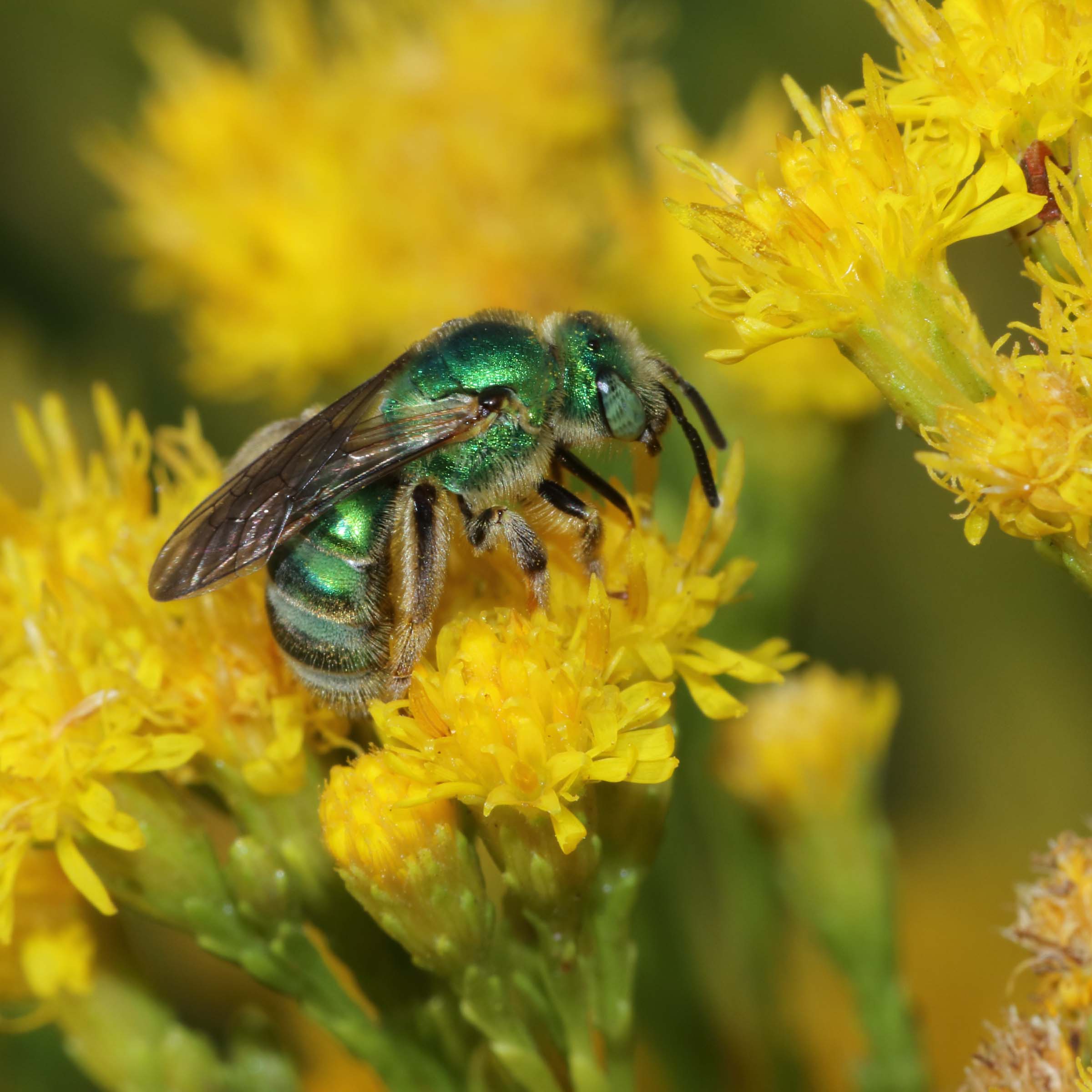
Why wild bees matter, and how we can all help save them
To make our ecosystems as resilient as possible, we need species diversity – and that includes bees. Here, conservation biologist Sheila Colla explains their main threats and what we need to do.
Recommended reads
Giant hogweed along British footpaths. Flowering cherries in Washington, D.C. Tea plantations in India. Heath star moss on trails near Berlin. Plants, like humans, have migrated across the world – and, like humans, are both welcomed and vilified as they settle in their new homes. But how and why did they make the trip, and what (if anything) will it take for them to belong?
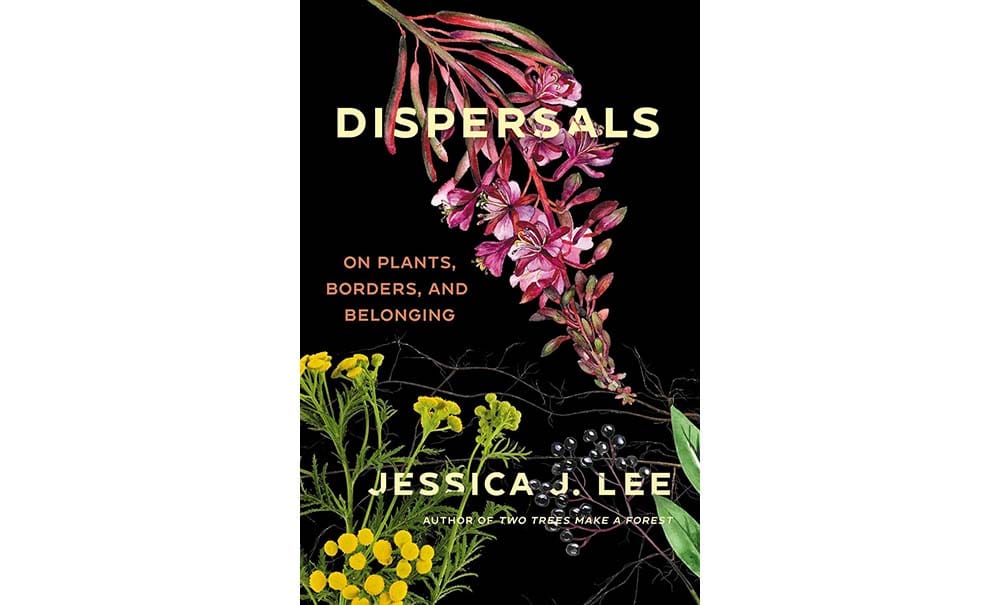
In her new book Dispersals: On Plants, Borders, and Belonging, Jessica J. Lee explores these questions and more in a series of essays covering how plants and people interact and shape each other’s lives. The topics are somewhat eclectic, but all grounded in Lee’s family history and experiences; written poetically, but with a mighty endnote section to ensure all information is accounted for. They’re designed to make us challenge our assumptions and think harder about how we fit in on this planet. “These are essays written for a world in motion,” Lee writes. “Plants that, in dispersal, might teach us what it means to live in the wake of change.”
We encourage you to borrow Dispersals from your local library or purchase from an independent bookstore.
Elsewhere in rewilding
Relevant to the above: Our very own Kat Tancock has written about rewilding your lawn, offering up a six-step process to make the transition. The final step? “Brag and enjoy.”
The Sycamore Gap tree was an iconic piece of the British landscape, until it was cruelly cut down last fall. Here’s a fascinating look at how the National Trust aims to regrow it.
Researchers in Australia say biodiversity conservation is about quality not quantity: It’s better to protect smaller but more important areas than to go wide.
Remember when “nature healed itself” during pandemic lockdowns, and animals flourished in urban centres? Yeah … not quite.
And this month in (arguably) cute animals: Colorado lawmakers are considering bringing back the North American wolverine.
❤️ Enjoy this newsletter?
Send to a friend and let them know that they can subscribe, too.
Share your expertise: Do you know a project, person or story we should feature? Let us know.
Just want to say hello? Click that reply button and let us know what you think – and what else you'd like to see. We'd love to hear from you.


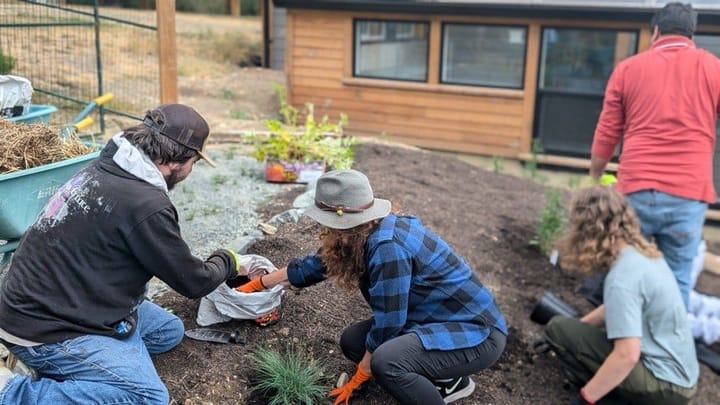
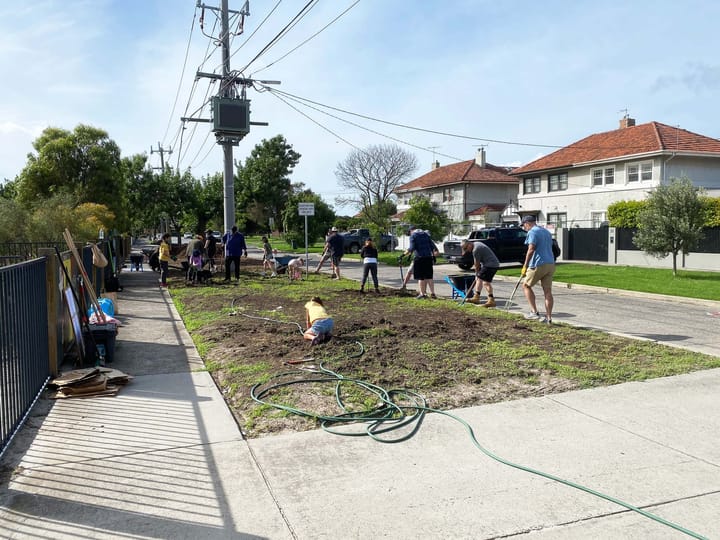
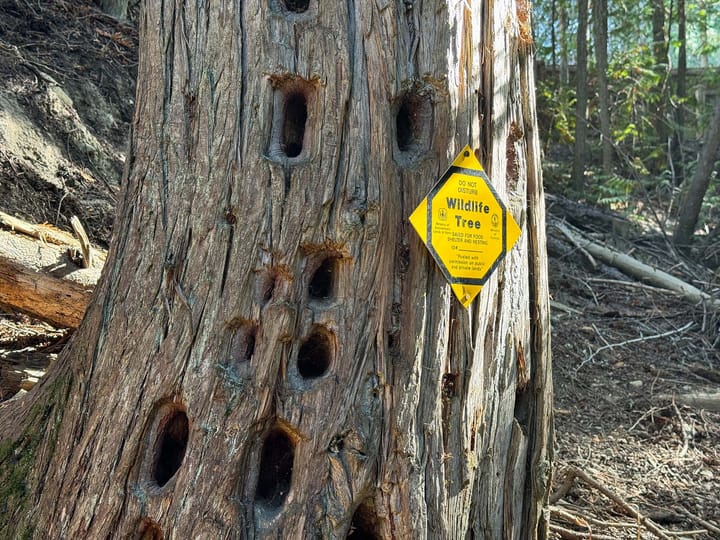
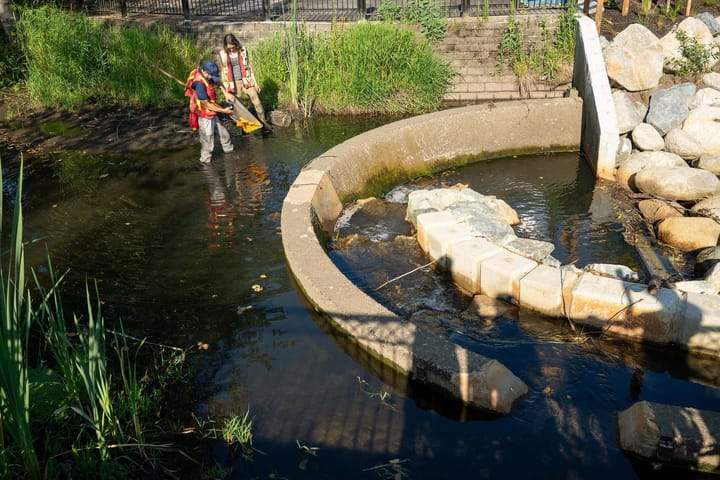

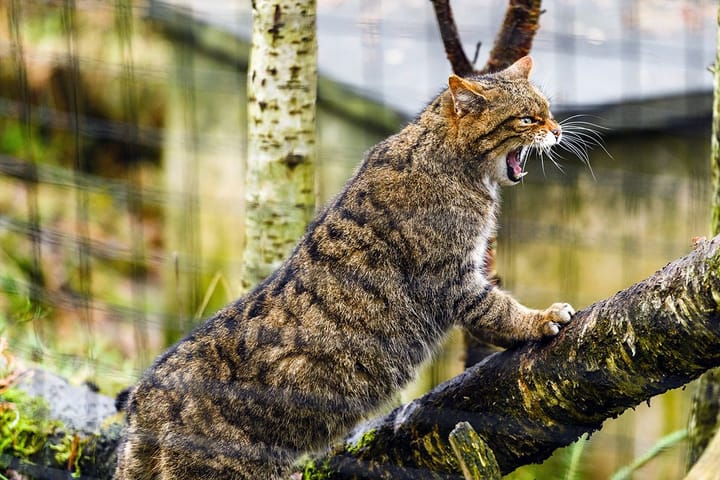


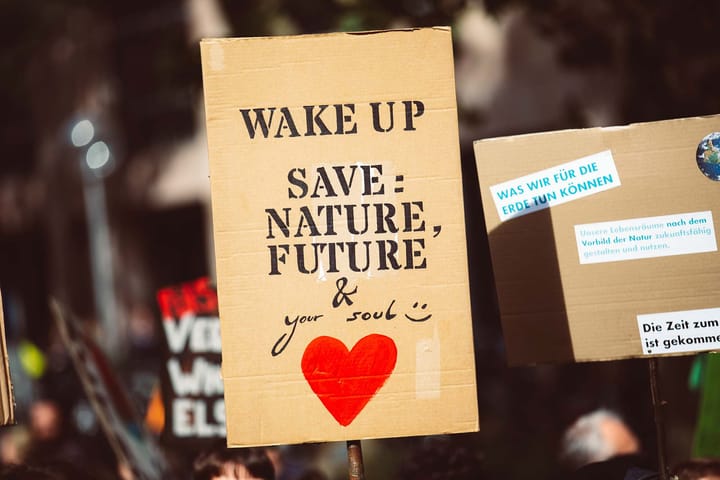
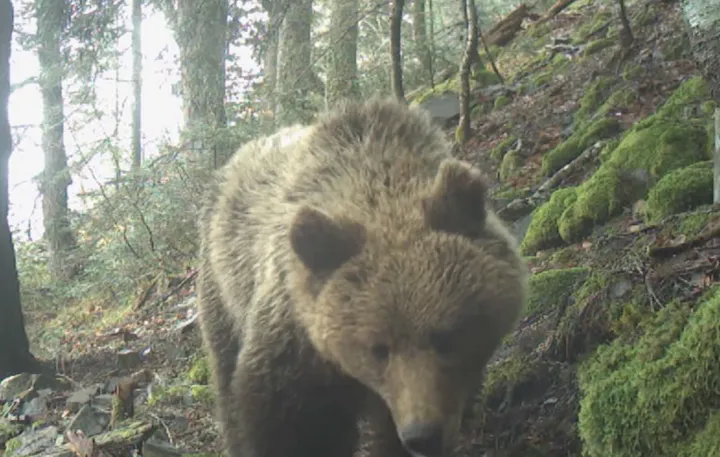
Comments ()